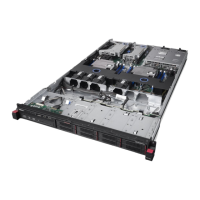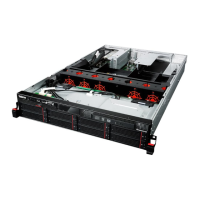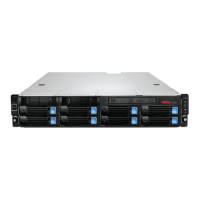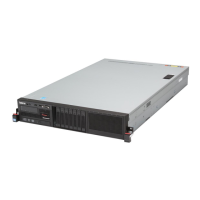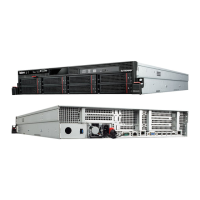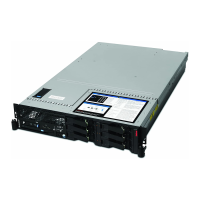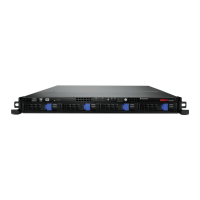Page 146
MegaRAID SAS Software User GuideChapter 4: WebBIOS Configuration Utility
| Using MegaRAID Recovery
3. Click Create in the Snapshot field.
The Snapshot Base Properties screen appears, as shown in Figure99.
Figure 99: Create Snapshots Screen
4. Enter a snapshot name in the Enter Snapshot Name field.
5. Select the Snapshot Base virtual drives on which you want to create concurrent
snapshots.
6. Click Create Snapshot.
This creates a snapshot with same name and the same timestamp on all of the
selected Snapshot Base virtual drives.
4.10.5 Selecting the Snapshot
Settings
You can use the Snapshot Settings screen to perform the following actions:
Take a snapshot on reboot.
This action takes a snapshot of the virtual drive when you reboot after every
successful system shutdown. This feature is mainly intended to take a snapshot of
boot virtual drives to allow the operating system to be restored in case of
corruption.
Enable automatic deletion of a snapshot.
This action deletes the oldest snapshot automatically and lets you create a new
snapshot.
Follow these steps to enable the snapshot settings.
1. Click a virtual drive icon in the right panel on the WebBIOS CU main screen.
The Virtual Drive screen appears, as shown in Figure100.
